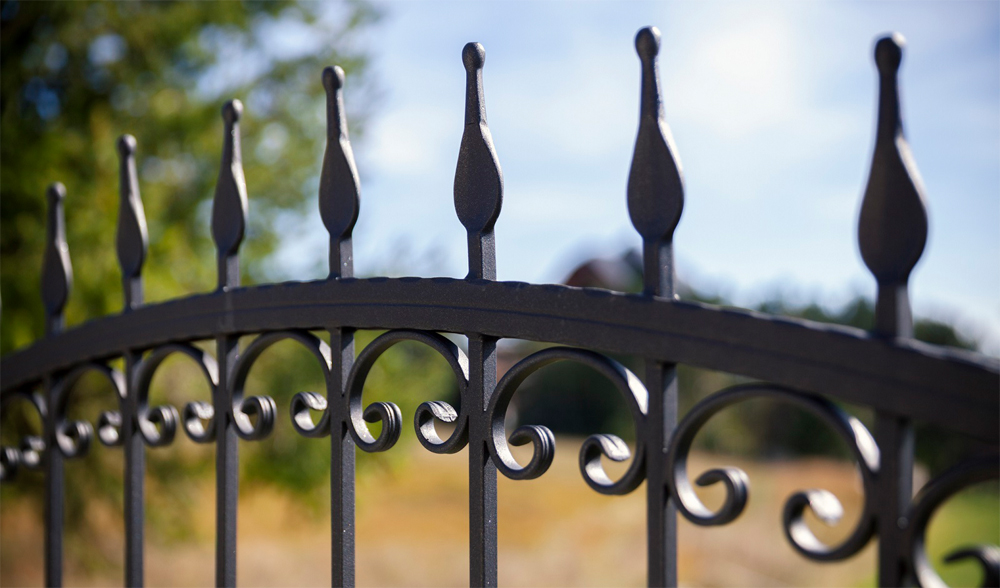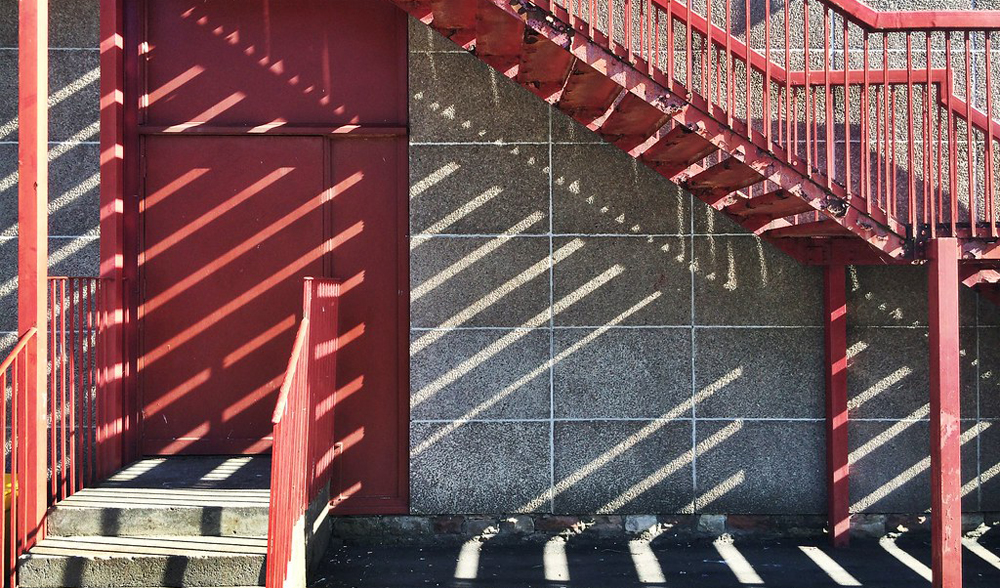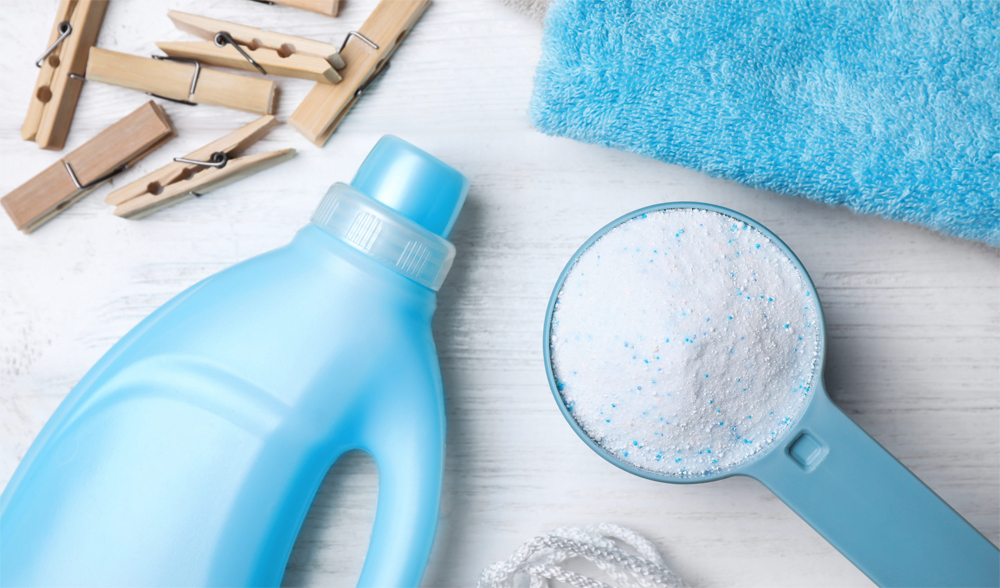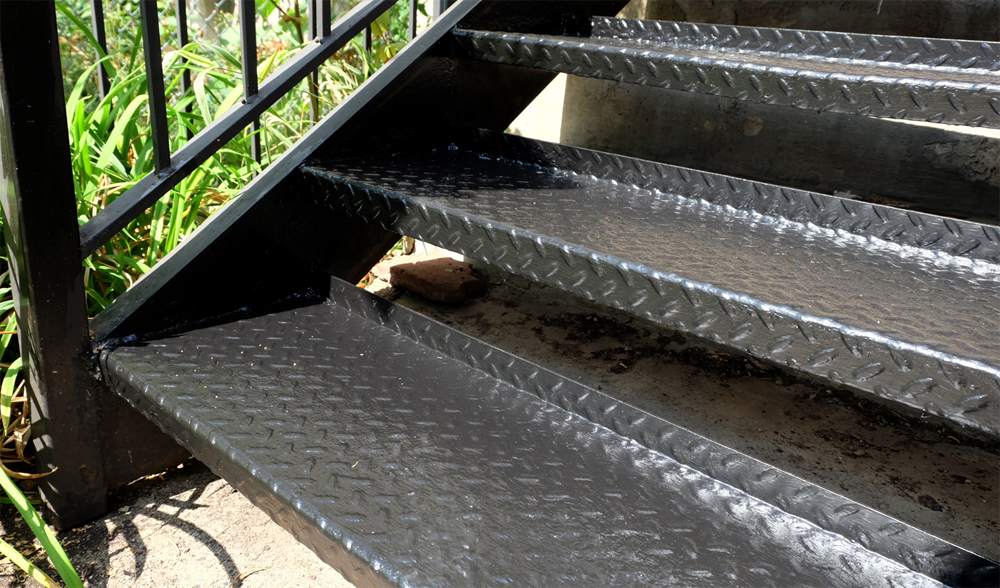Powder coating is renowned for its exceptional durability and longevity. Nonetheless, it is not immune to the potential risks posed by weather conditions, humidity, temperature fluctuations, and external elements. To ensure the continued pristine appearance and optimal performance of your powder-coated surface, proper cleaning and maintenance are vital. By taking these necessary steps, you can extend its lifespan and enjoy its peak performance for years to come.
If you’re new to powder coating, you may have some inquiries regarding its maintenance. Common questions include the expected lifespan of powder coating, its durability under sunlight, and the factors that can potentially jeopardize its integrity. To ensure that the coating remains intact and free from premature damage, it is important to understand the risks involved and how to effectively mitigate them. Keep reading to discover what can harm powder coating and gain valuable insights on managing these risks.

Top 5 Risk Factors to Powder Coating
Over time, powder coating finishes can be affected by various factors such as abrasive cleaning products, weather conditions, and ultraviolet (UV) rays. These elements have the potential to damage the coating, making it more prone to staining and fading. To safeguard your powder coatings, it’s essential to address five key variables that can pose challenges. By following the tips provided, you can effectively mitigate these risks and maintain the longevity and appearance of your powder-coated surfaces.
1. Salt Water
The combination of powder coating and saltwater can sometimes lead to compatibility issues. In coastal areas, where proximity to the ocean is closer, powder-coated gates, fences, and outdoor furniture are more susceptible to damage from saltwater. Without regular cleaning and maintenance, salt can build up on the powder coating, resulting in a diminished appearance with a chalky texture. To preserve the visual appeal and integrity of powder-coated surfaces in coastal regions, it is crucial to implement routine cleaning and maintenance practices.
To prevent salt buildup and increase the lifespan of the fence or gate, implementing these cleaning steps is crucial:
To effectively remove loose dirt and debris from the surface, use a wet sponge or soft brush in a gentle wiping motion. It is important to avoid using a wire brush, as it can potentially cause damage to the finish.
To eliminate salt and other deposits, use a soft brush along with a mild soap or detergent to wipe the surface. Ensure that the chosen detergent is free from petroleum-based chemicals and solvents.
After applying the detergent, thoroughly rinse off the surface with lukewarm water. Once rinsed, allow the fence or gate to dry naturally or use a clean cloth to dry it.
An alternative method for cleaning the fence or gate is to use a pressure washer, which offers a faster cleaning process compared to hand-washing. However, it’s important to note that using a pressure washer may leave more residue behind. In coastal areas, removing salt buildup with a pressure washer can be challenging.
To prevent surface hardening caused by minerals in hard water, it is recommended to use detergent to soften the water and facilitate the cleaning process. When using a pressure washer, it is advisable to use filtered water and keep the pressure on a low setting to avoid damaging the coating.
It is advisable to clean the powder coating at the start of each season. Cleaning it too frequently can be counterproductive and lead to premature wear and erosion. However, waiting a full year to clean the surface is not recommended either. Accumulated grime and dirt over a year may require higher pressure to remove, which can potentially damage the finish.

2. Sunlight
Although powder coating finishes can have a lifespan of up to 40 years, prolonged exposure to UV light can accelerate their degradation. Sunlight can cause the resin and pigment particles in the coating to lose adhesion, resulting in a phenomenon known as “chalking.” This leads to the formation of a chalk-like layer on the surface of the coating. To maintain the longevity of the coating, it is important to minimize excessive UV light exposure.
The initial impact of sunlight exposure on powder coating is typically manifested in a faded appearance, which is primarily a cosmetic concern rather than a functional one. However, as the resins within the coating gradually degrade, the surface’s protective properties diminish as well. This highlights the importance of implementing proper maintenance practices to prolong the lifespan of the powder coating and optimize its durability.
Protect powder-coated surfaces from harmful UV rays by applying a light coat of high-quality, nonabrasive car wax. This safeguards items like fences, rails, stairways, outdoor lighting fixtures, and furniture, extending their lifespan and maintaining their appearance.
Extend the lifespan of your powder-coated finish by applying car wax, which creates a protective barrier. For enhanced sun protection, choose a brand with a UV blocker or inhibitor. Keep your surfaces looking great and shielded from harmful UV rays.
After applying car wax to your powder-coated surfaces, ensure that you wipe off any excess residue. Lingering wax can become baked and result in permanent staining when exposed to UV light. Avoid using compound-type waxes, as their abrasives may harm the powder coating. Keep your surfaces pristine by removing any leftover wax and maintaining their integrity.

3. Cleaning Agents
Powder-coated surfaces require gentle cleaning agents to maintain their integrity. Harsh chemical cleaners and solvents can corrode the coating, leading to staining, fading, and a reduced lifespan. Opt for milder options like water and mild soap to effectively remove dirt and grime without compromising the powder coating’s durability.
When cleaning powder-coated surfaces, it’s important to choose the appropriate tools. Avoid using steel wool, scouring pads, or wire brushes as they can damage the surface. Instead, opt for soft brushes and sponges, similar to those used for washing a car. If you encounter a tough area that requires a solvent-based cleaner, start with the mildest cleaner and perform a test spot first to ensure compatibility with the surface.
Before using detergent to clean a powder-coated surface, consider whether the product is safe for your hands. If the detergent requires you to wear protective gloves, it is likely not safe for the powder coating either.
4. Weather Conditions
Extreme temperatures can pose a risk to powder-coated surfaces. Typically, a temperature range of 68 to 80 degrees Fahrenheit is suitable for most metal objects with powder coatings. However, the fluctuations between winter and summer months can make it challenging to maintain an ideal temperature consistently.
To preserve the look and performance of your powder coating, it is advisable to store metal objects indoors during seasons or periods when they are not in use, especially if they are not suitable for external applications. This practice can help protect the coating and extend its lifespan.
Certain high-temperature coatings are specifically formulated for items such as grills, generators, and automotive parts that cannot be stored indoors. These coatings are designed to withstand elevated temperatures and provide effective protection. It’s worth noting that some powder coatings may have reduced impact resistance in extremely cold temperatures.

5. Humidity
Exposure to high humidity levels can gradually corrode metal objects and diminish the durability and appearance of powder coating finishes over time.
In areas with high humidity, it is crucial to exercise caution as moisture can interfere with the adhesion process of powder coatings. The coatings may absorb and trap moisture before curing, leading to potential discoloration and staining.
To prevent condensation and minimize the risk of corrosion, it is advised by the Powder Coating Institute (PCI) to maintain a humidity range of 50% to 60% for metal parts with cured surface coatings, even during storage. For interior powder coatings, the use of a humidifier can help maintain optimal humidity levels and prevent premature damage to the finish.





